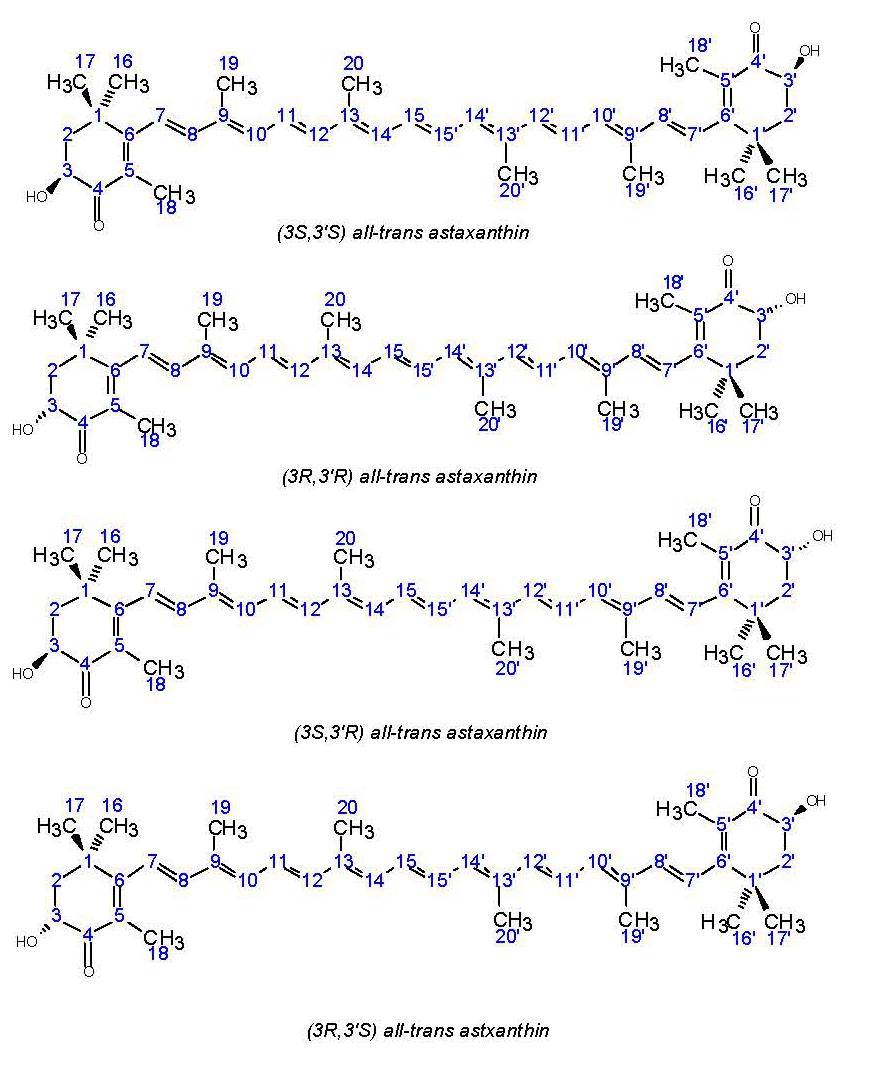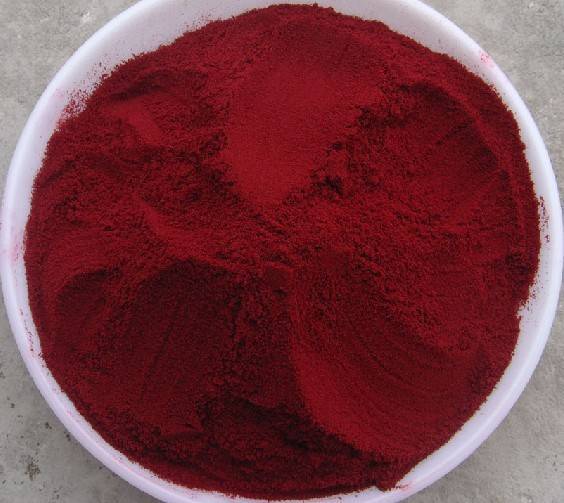Green Spring Technology Guarantees≤2.1% Batch Variation in Its Stable Astaxanthin Ingredient
In the application of astaxanthin raw materials, a long-standing challenge plagues numerous manufacturers: quality fluctuations between batches다. This uncertainty hangs like the Sword of Damocles over product quality, forcing formulation engineers to frequently adjust processes and leaving procurement managers struggling to balance cost control with quality risks.
A production director from a well-known health supplement company once confided to us: "Every switch to a new raw material batch feels like a gamble. We must restart small-scale and pilot-scale trials, and even adjust entire production line parameters. These hidden costs are eroding our profit margins." This is not an isolated case. Industry data indicates that over 70% of manufacturers have experienced product stability issues due to raw material batch variations.
However, the moment for change has arrived. Through continuous technological innovation and a rigorous quality control system, Green Spring 기술 has successfully minimized batch-to-batch variations in astaxanthin raw materials to an exceptional range of ≤2.1%. This breakthrough marks the transition of astaxanthin raw materials from “experience-based control” to a new era of “data-driven control.”
“2.1% is more than just a number,” stated the head of R&D at Green Spring Technology. “It represents the predictability of raw material quality, meaning customers can bid farewell to production uncertainties caused by raw material fluctuations and achieve true precision formulation and stable production.”
In this era pursuing ultimate efficiency, raw material stability has become a key element of corporate core competitiveness. The breakthrough of ≤2.1% batch-to-batch variation not only addresses manufacturers' pain points but will propel the entire industry toward greater efficiency and reliability.
I. In-Depth Analysis: What Does ≤2.1% Batch-to-Batch Variation Mean for Customers?
When astaxanthin raw material batch variation is controlled to ≤2.1%, this figure carries profound implications for customer production operations. Let' s analyze the tangible value of this technical benchmark across three critical dimensions.
1. Production Dimension: Achieving Precision Control in Manufacturing
Significant Enhancement in Formulation Accuracy
Traditional astaxanthin raw materials typically exhibit batch-to-batch content fluctuations exceeding 8%. This forced formulators to adopt conservative strategies, over-dosing ingredients to ensure minimum effective levels. With stable raw materials achieving ≤2.1% batch-to-batch variation:
·Safe raw material addition margin reduced from 16% to 4.2%
· Direct raw material cost reduction exceeding 12%
· Achieved precise formulation control and stable output

Significant Improvement in Production Continuity
Practical data from a soft capsule manufacturer shows:
· Equipment parameter adjustment frequency: Reduced from 3-5 times monthly to once quarterly
· Production efficiency improvement: Achieved a significant 15% increase
· Product defect rate: Substantially reduced from 3.2% to 0.8%
2. Quality Dimension: Establishing a Trustworthy Foundation for Product Consistency
Quantified Assurance of Quality Stability
Batch-to-batch variation ≤2.1% directly translates to:
· End-product content fluctuation range: Narrowed from ±15% to ±4%
· Product color variation: ΔE value optimized from ≥5.0 to ≤1.5
· Shelf life prediction accuracy: Enhanced to a reliable 98% level
Effective management of quality risks
Quality report from a premium skincare brand indicates:
· Color difference-related complaint rate decreased by 85%
· Consumer quality satisfaction significantly improved
· Brand reputation effectively safeguarded
3. Cost Dimension: Reconstructing the Total Cost of Ownership Calculation Logic
Direct Cost Optimization
· Quality inspection time reduced by 60%
· Production rework rate reduced by 70%
· Safety stock level optimized from 45 days to 30 days
Indirect cost savings
· Quality anomaly resolution time reduced by 75%
· Customer claim risk significantly lowered
· New product development cycle shortened by 25%
4. Benefit Comparison: Value enhancement from stable raw materials
Efficiency Dimension | Traditional Raw Materials (Batch-to-batch Variation >8%) | Green Spring Technology Stabilized Raw Materials (Batch-to-batch Variation ≤2.1%) | Value Enhancement |
Production Efficiency | Equipment adjustments 3-5 times monthly | Equipment adjustments quarterly | 75% time savings |
Quality Costs | Defect rate 3.2% | Defect rate 0.8% | 60% quality improvement |
Raw Material Utilization
| Requires 16% safety margin | Requires only 4.2% safety margin | 12% cost reduction |
Inventory Management | 45-day safety stock | 30-day safety stock | 33% reduction in capital tied up |
An annual assessment of a functional food enterprise revealed that after adopting stable raw materials, although the unit purchase price slightly increased, the company achieved an 18% reduction in annual comprehensive operating costs, with an investment payback period of just 5.3 months.
Batch-to-batch variation ≤2.1% is not merely a quality parameter—it serves as a vital value link connecting upstream and downstream supply chain partners. This metric signifies a shift from “experience-based management” to “data-driven operations,” delivering predictable, quantifiable, and sustainable competitive advantages to customers.
II. How Does Green Spring Technology Achieve Batch-to-Batch Variation ≤2.1%?
This industry-leading indicator stems from Green Spring Technology's precision control system across all raw material supply chain stages. Four core technological pillars underpin this stability:
1. Source Standardization Management
Genetic Resource Optimization
· Established a core Chlamydomonas reinhardtii germplasm repository, selecting 36 superior strains
· Ensured genetic stability through genetic marker technology
· Conducted quarterly germplasm revitalization to prevent strain degradation
Precision Control of Cultivation Environment
· Utilized closed photobioreactors to precisely regulate 12 critical parameters including temperature, light intensity, and pH
· Developed mathematical models for nutrient supply to achieve precise medium composition ratios
· Implemented thorough cleaning and disinfection protocols between batches to prevent cross-contamination
2. Digital Production Processes
Smart Manufacturing System
· Deployed sensors at 62 critical process points for real-time data collection
· Developed correlation models linking process parameters to product quality for intelligent early warning
· Utilized MES systems for batch tracking to ensure production traceability
Key Process Breakthroughs
· Developed low-temperature extraction technology, controlling processing temperatures below 40°C
· Optimized cell wall disruption parameters, stabilizing cell disruption rate at 98.5% ± 0.5%
· Implemented an online detection system for real-time monitoring of critical indicators

3. Quality Assurance System
Three-Tier Inspection System
· Raw Material Incoming Inspection: 16 testing items to ensure consistent raw material quality
· Process Quality Monitoring: Established 42 intermediate control points
· Finished Product Outgoing Inspection: Conducted 28 full-indicator tests
Stability Prediction Model
· Developed stability prediction algorithms based on historical data
· Project product shelf-life performance through accelerated testing
· Enable early batch quality alerts and interventions
4. Technological Innovation Achievements
Patented Technology Applications
· Hold 5 core invention patents covering the entire process from cultivation to extraction
· Developed unique microencapsulation technology to enhance product stability
· Innovated isomer separation process ensuring ≥99% purity of 3S and 3'S configurations
Data-Driven Quality Control
· Established a quality database containing production data from over 2,000 batches
· Utilized big data analytics to continuously optimize process parameters
· Employed machine learning models for precise prediction of quality fluctuations
5. Continuous Improvement Mechanism
Cyclical Optimization System
· Conduct monthly quality analysis meetings to evaluate system performance
· Perform quarterly reviews and optimizations of process parameters
· Conduct annual system audits to ensure continuous improvement
Technology Upgrade Plan
· R&D investment accounts for 8% of revenue, driving continuous technological innovation
· Established industry-academia-research collaborations with 3 universities
· Completes 2-3 major technical improvements annually
Through the synergistic effects of these five technical systems, Green Spring Technology has not only achieved a breakthrough of ≤2.1% batch-to-batch variation but also established a sustainable, replicable quality management model, providing customers with stable and reliable product assurance.
III. Partner with Green Spring Technology for Stable and Reliable Raw Material Supply
Leveraging innovative stability technology, we invite you to experience astaxanthin raw materials with batch-to-batch variation ≤2.1%.
1. Dedicated Services
· Technical Consultation: One-on-one engineer guidance with 24-hour rapid response
· Sample Experience: Complimentary samples with full testing reports
· Customized Solutions: Tailored approaches based on specific requirements
2. Partnership Benefits
· Receive the “Astaxanthin Raw Material Stability White Paper”
· Enjoy complimentary stability testing for your first order
· Priority arrangements for production facility tours
· Access to dedicated technical advisory services
3. Collaboration Process
◆ Requirement Discussion: Understand needs and provide samples
◆ Solution Confirmation: Customize plans and conduct trial production validation
◆ Formal Partnership: Establish long-term supply relationship
Contact Us Now:
Green Spring Technology
Tel: +86 29 88313578
Phone: +86 13649243917
Email: helen@greenspringbio.com
Website: https://www.greenspringnatural.com
참조:
[1] 샤 M M, 리앙 Y, 청 J J, 외.astaxanthin 생성 녹색 microalga Haematococcus pluvialis:From 단일 셀에서 고부가가치 상용 제품 [J.전선식물 Sci, 2016, 7:531.
[2] 파라오네 1세, 시니스갈리 C, 오스투니 A 외.아스타잔틴 항암 ef-fects는 여러 분자 기전을 통해 매개된다:체계적 재인용 견해 [J].Pharmacol Res, 2020, 155:104689.
[3] 파크리 S, 아바사데 F, 다르가히 L 등.Astaxanthin:A meca-nistic review on its biological activities and health benefits [J] (영어).Pharmacol Res, 2018, 136:1-20.
[4] 케이준, 너지놈.발효에 의한 astaxanthin의 생산에 관한 연구 (Research progress in the production of astaxanthin by fermentation [J.식품과학, 2015, 36 (23):358-366.
장샤오나, 후바오디, 페이링펭 등 (5)기능성 인자 astaxanthin [J]의 연구 개요.중국식품첨가물, 2017 (8):208-214.
-
Prev
Haematococcus Pluvialis Astaxanthin: Your Product's Core Competitive Advantage
-
다음
Green Spring Guarantees Batch Consistency with Fully Documented Astaxanthin Ingredient


 영어
영어 프랑스
프랑스 스페인
스페인 러시아
러시아 한국
한국 일본
일본




